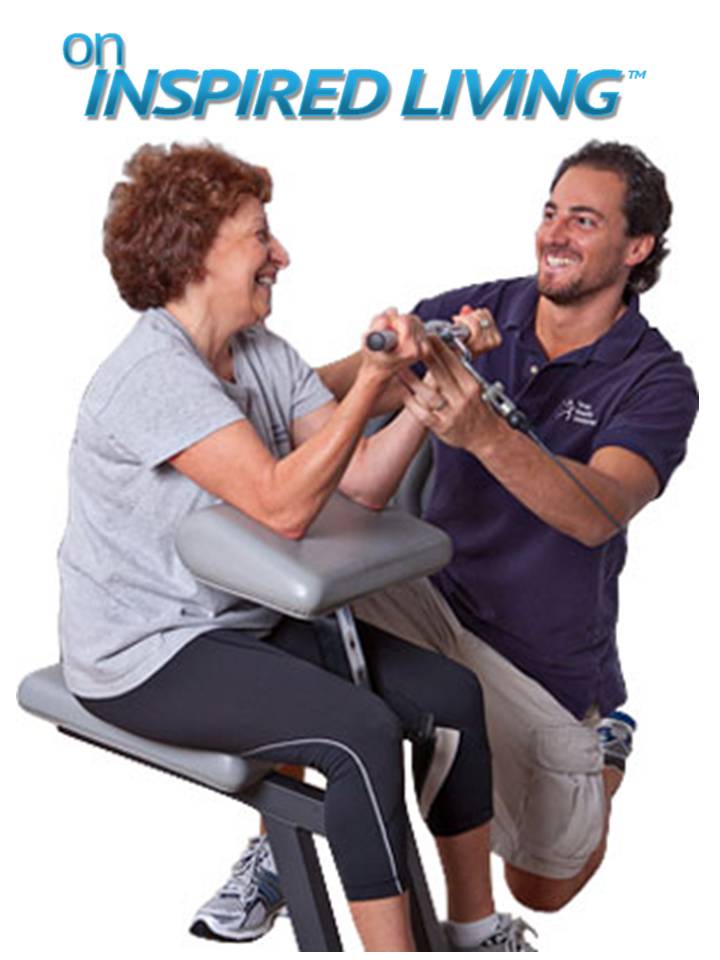Sometimes we hear about how people need to exercise every day, other times we hear 3-5 times per week. So how much exercise is really enough for health improvement?
This is a great question. When so many uncertainties related to fitness and nutrition arise, I try to avoid confusion by evaluating the most up-to-date fitness literature and suggested exercise guidelines based upon good scientific research, while also applying lessons learned from my own training experiences. I have seen quite a bit of variation in physical activity recommendations and guidelines over the years. Yet, I have also seen reasonable and simple to follow recommendations consistently put forth by the Center for Disease Control and Prevention (CDC).
If you are not customizing your exercise with help from a fitness or training professional, the CDC’s exercise strategies are a good place to start.
Three Different Sets of Guidelines
The Center for Disease Control and Prevention provides a great foundation from research and gives specifics for children, adults and older adults. If limiting health conditions exist, variations may need to be considered. Here’s a Breakdown of The Three CDC Categories:
CHILDREN (AGE 6-17)
The emphasis with children in this age bracket is aerobic activity of about 60 minutes per day including activities such as brisk-walking or running. Part of the 60 minutes, for at least 3 days a week, should include:
Muscle strengthening with exercises such as gymnastics, karate or push-ups
Bone strengthening with exercises such as jumping rope, jogging, and running
ADULTS (AGE 18-64)
The focus for adults in this age range varies considerably. Here are a few suggestions:
150 minutes per week of moderately intense aerobic activity. Part of the 150 minutes per week ought to include at least two days a week of total body muscle-strengthening.
75 minutes of vigorous intensity (jog, run) every week with two or more days of strength training all the major muscle groups.
Incorporate a mix of the first two examples. This would be something like 110 minutes per week combining moderate and vigorous exercise with at least two or more days of strength training all the major muscle groups.
Try starting with 10-20 minute intervals once or twice daily as needed to fulfill chosen suggestion. Greater health benefits may be experienced by doubling each example as you get more fit: instead of 150 minutes, try 300 and so on.
ADULTS (AGE 65 plus)
For older adults without any health limitations, physical activity guidelines are very similar to those suggested for adults less than 65 years old. However, for this age group when physical or health limitations exist, I strongly encourage the consideration of other forms of activities to ease the physical discomforts commonly associated with aging.
The practices of yoga, tai chi, pilates and certain meditation practices are all very good forms of low intensity or low impact exercise. Additionally, these forms of exercise help support relaxation while also rejuvenating one’s body and mind.
Personal/Professional Recommendations
The keys to successfully finding how much exercise is really enough for your health improvement (aligned with the CDC recommendations) is to find the exercise time interval that best fits into your daily/weekly schedule. By finding an available time frame that can work any day of the week, the likelihood of staying consistent with your exercise increases. Also, for recommendations with exercise options, try each type at least once, finding the exercise that you enjoy the most. Incorporate other exercise types whenever you feel as though your weekly exercise has become too routine. By keeping the time for exercise scheduled and by finding a variation in preferred exercise types, you can experience a lifetime of health improvements.




